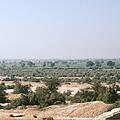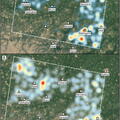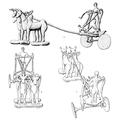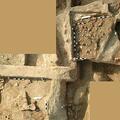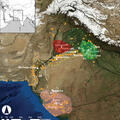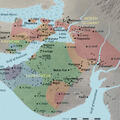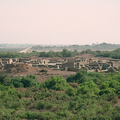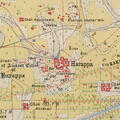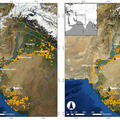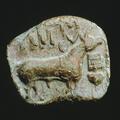The Harappan State: Was it or Wasn't it?
Recent discussions on the nature of early state societies have led some scholars to suggest that the early urban phenomenon of the Indus Civilization should not be characterized as a state level society. This paper will critically examine these arguments in the context of current studies of the Indus Civilization and recent excavations at Harappa, Pakistan.

